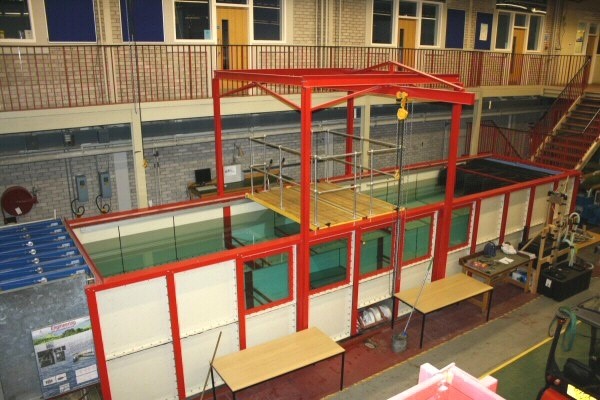Investigation of High–Lift Multi–Element Profiles for Vertical–Axis Tidal Stream Turbines
Lancaster University, Doctor of Philosophy, 2012
Supervisor: C.J. Taylor
Abstract
Increasing fuel prices, carbon emissions and energy security are all key drivers in the search for alternative sources of energy. Tidal stream power is a relatively new area of research and development activity, aimed at harnessing the predictable nature of the tides. Multi-element wing profiles provide a competitive edge in motorsports and are also a proven technology within aerospace, however their use within turbine design appears elusive. This thesis explores the use of multi-element profiles applied to vertical-axis tidal stream energy devices to determine if the additional complexity offers any significant advantage to turbine performance.
A panel based method has been used to generate aerofoil performance data of standard profiles and multi-element profiles for a relative comparison of lift and drag coefficients. This data has then been applied to a cross-flow turbine model to assess the potential performance gain. Scale testing of models is used to validate results and the thesis includes the design and build of appropriate apparatus to facilitate this testing. Results demonstrate that the addition of a trailing edge plain flap increases the peak lift to drag ratio by 26% in comparison to a single blade of equivalent chord. The gains predicted for a turbine are in excess of this due to an increase in the tangential force vector, along with an increase in the range of angles for which the blade is active for. A true performance comparison is difficult to achieve given the complexity of the downstream turbine behaviour but an efficiency of 48% has been calculated for a multi-elements rotor. The addition of a leading edge slat for the combinations tested has not been found to provide performance gain relative to a symmetrical profile. It is recommended that experimental testing be completed to fully understand the conditions at the trailing downstream edge of the turbine.
